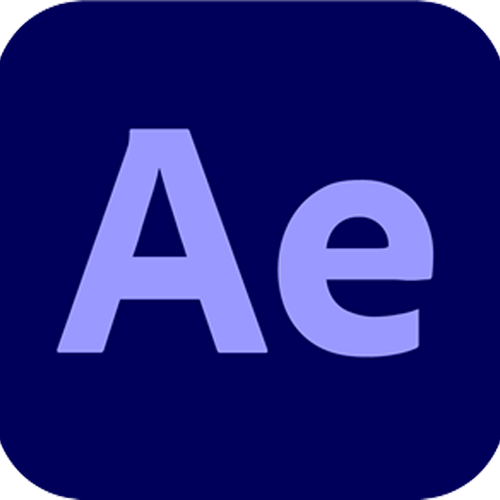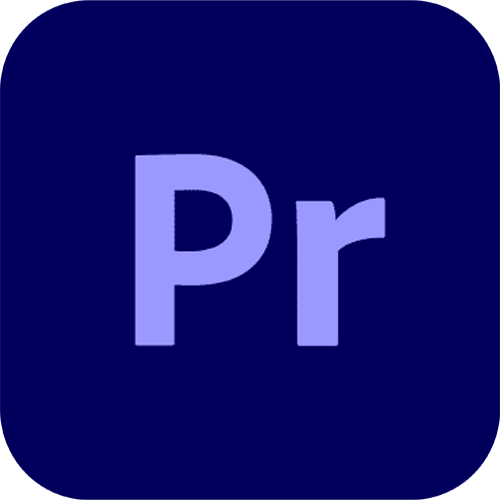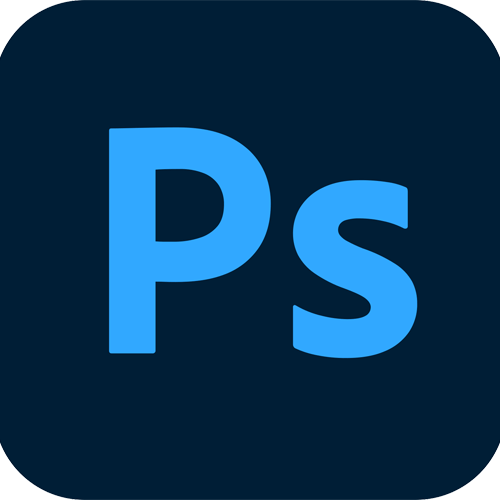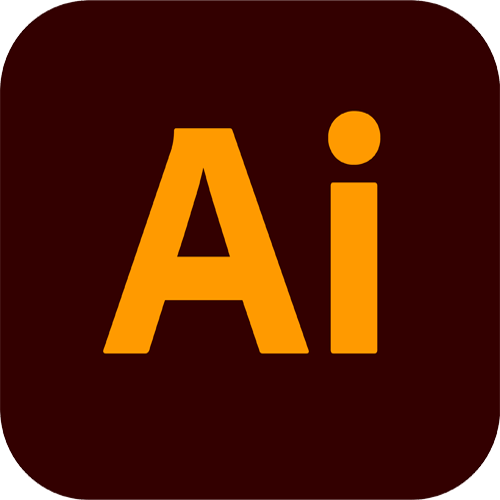Expertise
Audio, Music, Sound Design & Voiceovers
Elevate your content with professional audio, music, sound design, and voiceovers that enhance every moment. Create an immersive experience that resonates with your audience!
- Audio, Music, Sound Design & Voiceovers
- August 2024

The Unsung Hero of Video Production: Sound Design
What is Sound Design?
Sound design is the art of creating or selecting sound effects that enhance the auditory experience of a production, whether it’s a film, video game, television show, or any other form of media. It’s about crafting an auditory environment that supports and enhances the narrative, drawing the audience deeper into the world on screen.
There are two primary types of sound design: Foley and sound effects.
Foley Sound Effects: Named after sound effects artist Jack Foley, this technique involves recording everyday sounds and then editing and mixing them to create the desired effect for a production. For instance, a sound designer might record the sound of footsteps on various surfaces—gravel, wood, or concrete—and then manipulate those recordings to perfectly match a character’s movements in a film. Foley is all about creating sounds that feel natural and enhance the realism of the scene.
Sound Effects (SFX): These are pre-recorded sounds that already exist, like the roar of an explosion or the crack of a gunshot. A sound designer will select the appropriate sound effect that best suits a scene and then edit it to fit the timing and action on screen. While Foley focuses on creating sounds from scratch, SFX are often sourced from extensive sound libraries and then tailored to meet the needs of the project.
Voiceovers: Voiceovers are a crucial element of sound design that adds a narrative layer to your production. A well-chosen voiceover artist can bring the script to life, providing clarity, emotion, and personality to your video. Whether it’s a soothing voice guiding viewers through a documentary, a charismatic narrator in a commercial, or character dialogue in an animated film, voiceovers are essential for conveying key information and enhancing the storytelling. The tone, pace, and style of the voiceover must align with the overall mood of the production, making it a vital component of the sound design process.
The Role of Music in Sound Design
Music plays a crucial role in setting the tone and atmosphere of any production. It has the power to evoke emotions, build tension, and underscore key moments. In video production, music is not just a background element—it’s a vital tool that can transform a scene, giving it depth and resonance.
Royalty-Free Stock Music: This is a cost-effective way to add music to your project. It’s pre-composed, ready-to-use music that can be licensed for use in your production without having to negotiate with the original artist. It’s a convenient option for those on a budget or with tight deadlines, offering a wide variety of styles and genres to choose from.
Bespoke Sound Design: For those seeking a more personalised and unique soundscape, bespoke sound design is the way to go. This involves creating custom music and sound effects tailored specifically to your project, ensuring that every auditory element aligns perfectly with your creative vision. Whether you need a haunting melody for a suspenseful scene or an uplifting score for a triumphant moment, bespoke sound design can add that extra layer of emotional impact.
The Power of Sound Effects
SFX (Sound Effects) are often overlooked in the video production process, but they play an essential role in creating a believable and immersive world. From the delicate clink of a coffee cup being placed on a table to the earth-shattering boom of an explosion, sound effects help to set the scene and add layers of realism.
Sound effects can do more than just mirror reality—they can also enhance the storytelling by creating a sense of suspense, building tension, or highlighting a pivotal moment. A well-placed sound effect can make a scene more memorable, intensifying the viewer’s emotional response and drawing them further into the narrative.
Why Sound Design Matters
Sound design is not just an add-on; it’s an integral part of any production. It can make or break the viewer’s experience by influencing how they perceive and engage with the content. By carefully selecting and crafting sound elements, you can create a rich, immersive soundscape that enhances the story, adds depth to the visuals, and evokes the desired emotional response.
So, whether you’re looking to create a simple background ambience, craft an intricate soundscape, or add that perfect piece of music, don’t underestimate the power of sound design. It could be the key to taking your video production to the next level, making it more engaging, impactful, and memorable for your audience.
Let’s chat about how sound design can bring your project to life—over a coffee, of course!
The Role of Voiceovers in Video Production
In video production, a voiceover is an essential audio track that is recorded separately from the video footage. It serves as a powerful tool for conveying information, telling a story, or enhancing the emotional impact of the visuals. Voiceovers are incredibly versatile and can be used in a wide range of productions, from documentaries and educational videos to commercials, tutorials, and even feature films.
The Versatility of Voiceovers
Voiceovers are commonly used to provide narration, guiding the viewer through the content and helping to clarify complex ideas or concepts. In documentaries, for example, a voiceover might explain historical events or provide context for the footage being shown. Educational videos often rely on voiceovers to break down difficult subjects, making them more accessible and engaging for the audience.
Beyond narration, voiceovers are also used to bring characters to life in animations or add dialogue in live-action films where on-set recording might not have been possible. In tutorials, a voiceover can provide step-by-step instructions, making it easier for viewers to follow along and understand the process being demonstrated.
The flexibility of voiceovers means they can be tailored to suit the tone and style of the production. Whether you need a calm, authoritative voice for a corporate video or a lively, engaging tone for a children’s animation, the right voiceover can significantly enhance the overall impact of your video.
Recording Voiceovers: From Professional Studios to DIY Setups
Voiceovers are typically recorded in a professional studio setting, where high-quality microphones, soundproofing, and expert sound engineers ensure that the audio is crystal clear and free from background noise. The controlled environment of a studio allows for precise control over the recording, ensuring that every word is captured perfectly.
However, with advances in technology, it is now possible to record high-quality voiceovers outside of a studio. Portable recording devices, such as handheld recorders or even smartphones, can be used to capture audio on the go. While these options might not match the pristine quality of a studio recording, they can be incredibly effective for smaller projects, podcasts, or when a quick turnaround is required.
When choosing a recording device, it’s important to consider the quality of the audio it produces. A high-quality microphone is essential for capturing clear, professional-sounding voiceovers, whether you’re in a studio or using a more portable setup. Background noise, distortion, and uneven sound levels can detract from the effectiveness of the voiceover, so it’s worth investing in good equipment and taking the time to ensure the recording environment is as quiet and controlled as possible.
The Impact of a Well-Executed Voiceover
A well-executed voiceover can elevate a video production, making it more engaging, informative, and memorable for the audience. The right voiceover can convey emotion, clarify messaging, and guide the viewer’s understanding of the content. It can also add a layer of professionalism to your video, helping to build credibility and trust with your audience.
In addition, voiceovers offer a unique way to connect with viewers on a personal level. The human voice is a powerful tool for communication, and the tone, pacing, and delivery of a voiceover can greatly influence how the audience perceives and interacts with the content. A skilled voiceover artist can bring depth and nuance to the script, making the content more relatable and impactful.
Tips for Recording a Great Voiceover
Whether you’re recording in a studio or using a handheld device, here are a few tips to ensure your voiceover is top-notch:
- Script Preparation: Make sure your script is well-written, clear, and concise. Practice reading it out loud to ensure it flows naturally and is easy to understand.
- Environment: Choose a quiet environment with minimal background noise. If possible, use soundproofing materials or record in a small, enclosed space to reduce echoes.
- Equipment: Invest in a good-quality microphone and recording device. Even if you’re using a smartphone, consider using an external microphone to improve audio quality.
- Voice Warm-Up: Warm up your voice before recording. Simple exercises like humming, lip trills, and reading aloud can help improve your vocal performance.
- Multiple Takes: Record multiple takes to give yourself options during the editing process. This allows you to choose the best version of each line or phrase.
- Post-Production: After recording, use audio editing software to clean up the recording, remove any background noise, and adjust the levels to ensure consistency throughout.
Conclusion
Voiceovers are a vital component of video production, offering a versatile and impactful way to convey information, tell a story, or add depth to your content. Whether recorded in a professional studio or with a portable device, a well-executed voiceover can greatly enhance the quality and effectiveness of your video. So, whether you’re narrating a documentary, adding character dialogue, or guiding viewers through a tutorial, don’t underestimate the power of a great voiceover.
If you’re ready to take your video production to the next level with a professional voiceover, let’s connect and discuss how we can bring your project to life.






